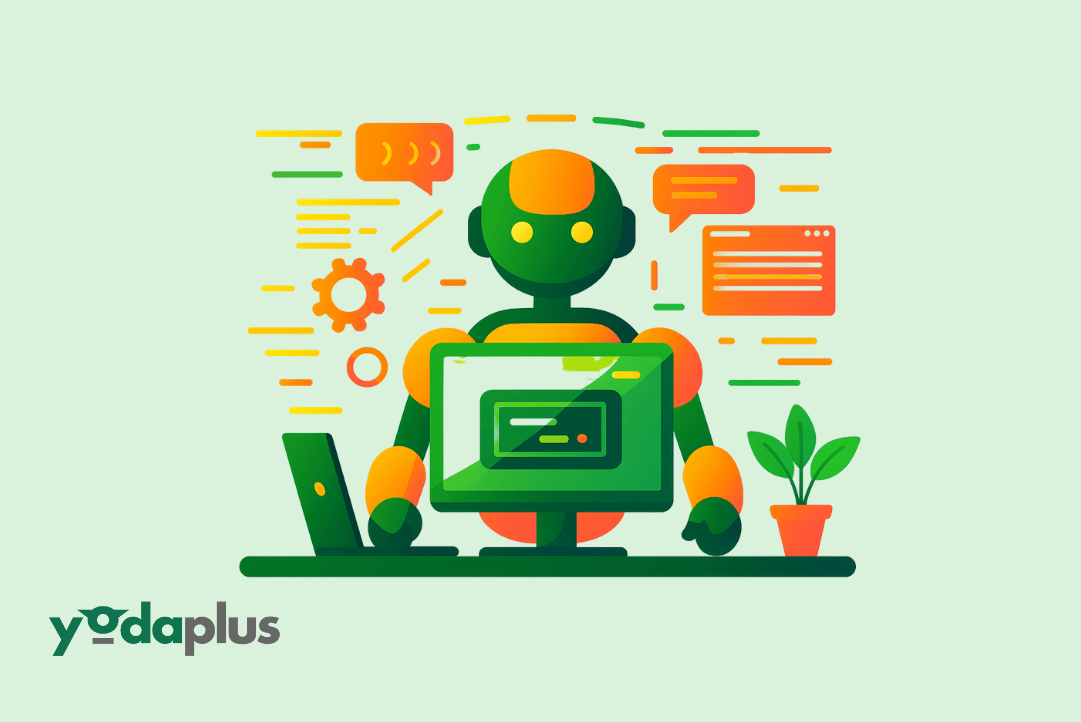
Local vs Global Personalization in Multi-User Agent Systems
November 5, 2025 By Yodaplus
Artificial Intelligence (AI) is changing how people and systems interact. In multi-user environments such as retail, logistics, or enterprise operations, personalization has become key to creating meaningful experiences. However, personalization today is no longer just about individual users. Modern agentic AI frameworks are moving toward a balance between local personalization, which focuses on one user’s preferences, and global personalization, which learns from shared data across users or departments.
In this blog, we will explore how agentic AI applications manage this balance, why it matters in real-world systems, and how technologies like AI agentic frameworks and retail supply chain software are benefiting from this evolution.
Understanding Local Personalization
Local personalization refers to an AI system’s ability to adapt to the preferences, tone, and actions of a single user. In a multi-agent system, one agent may handle a warehouse manager’s daily updates, while another supports a sales executive’s forecasting tasks. Each learns from individual interactions to make responses more relevant and efficient.
For example, in retail supply chain digitization, an AI agent can remember that a specific manager prefers stock reports in chart form, while another prefers short text summaries. Over time, this localized learning improves speed and comfort for each user.
Local personalization helps:
-
Build trust and user familiarity
-
Reduce repetitive actions
-
Deliver faster, context-specific assistance
However, too much local focus can create silos. If every agent only learns from one person, collaboration and consistency can suffer.
What Is Global Personalization?
Global personalization takes a broader view. It allows agents to share insights, patterns, and preferences across a network of users. This approach uses agentic AI frameworks to merge knowledge from multiple sources, improving collective intelligence without losing privacy or context.
For instance, if one agent in a warehouse identifies a pattern in delayed shipments, other agents across the supply chain can learn from it. This coordination enables faster responses and better decisions across teams.
In retail supply chain software, global personalization ensures that insights from procurement, logistics, and customer service align with each other. This consistency makes the overall system smarter and more connected.
Global personalization helps:
-
Unify insights across departments
-
Improve collaboration
-
Enhance scalability and decision-making
Balancing Local and Global Learning
The true strength of agentic AI platforms lies in their ability to blend both approaches. Local learning makes each agent more user-aware, while global learning ensures knowledge is shared system-wide. Together, they create adaptive ecosystems capable of managing complexity.
Here’s how this balance works in agentic AI applications:
-
Local Learning: Each agent learns from user feedback, refining tone and style.
-
Global Learning: Aggregated data across agents improves accuracy and planning.
-
Coordination Layer: A framework like MCP (Model Context Protocol) ensures that information flows safely between agents while respecting user context.
This coordination allows multiple agents to maintain individuality yet work together — much like different departments in a company contributing to a common goal.
Applications Across Industries
Local and global personalization are becoming core components of next-generation AI systems. Some examples include:
Retail:
In retail supply chain digitization, AI agents can predict demand by analyzing both local store data and global purchase trends. This dual view helps businesses adjust stock and logistics proactively.
Finance:
In financial systems and equity research, personalized agents can tailor insights for individual analysts while drawing on global market data to generate accurate reports.
Manufacturing and Logistics:
Agentic AI frameworks coordinate across departments, helping teams forecast delays, monitor supplier performance, and manage resources efficiently.
Challenges and Best Practices
While this dual model is powerful, it also brings challenges:
-
Data Privacy: Global learning must preserve sensitive information.
-
System Alignment: Agents must avoid conflicting actions across users.
-
Scalability: Large-scale personalization can strain infrastructure.
To manage these, AI agentic frameworks integrate tools like autogen vs langchain or MCP vs LangChain setups. These ensure agents share context without losing data control, leading to consistent yet flexible learning systems.
The Future of Multi-User Personalization
As agentic AI capabilities evolve, the distinction between local and global personalization will blur. AI systems will shift from reactive personalization to proactive orchestration, adapting to both individuals and networks.
In retail supply chain software, for example, future agents could merge local customer preferences with global logistics insights to create smarter, more adaptive experiences. Similarly, platforms built with gen AI and agentic AI approaches will learn to balance creativity with structure, ensuring decisions are both human-like and reliable.
Conclusion
Local and global personalization are not competing ideas but complementary parts of intelligent system design. Together, they enable agentic AI platforms to deliver individualized experiences while improving team-level intelligence.
By adopting this approach, businesses can move from simple automation to adaptive intelligence, one that learns locally, collaborates globally, and keeps evolving.